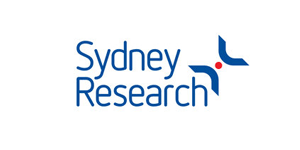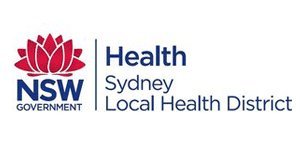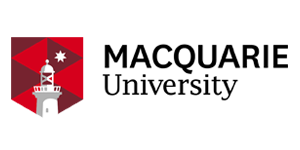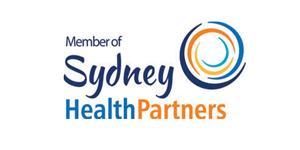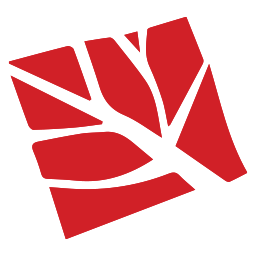The Woolcock Institute of Medical Research
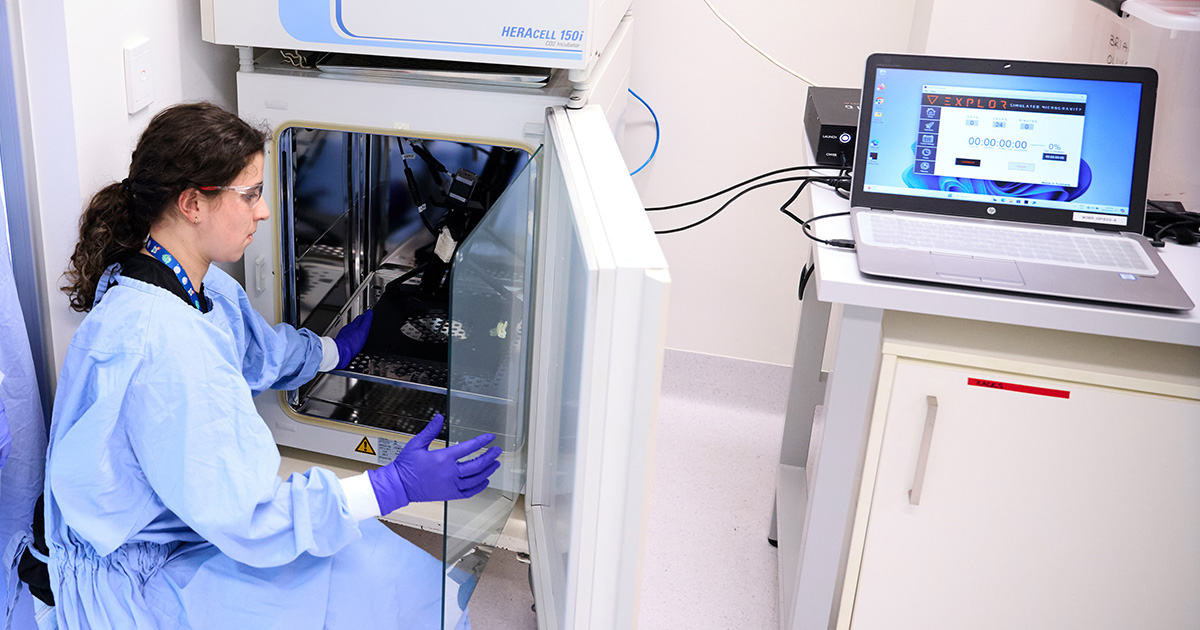
Aiming for the moon
It’s been more than 50 years since NASA’s last Apollo mission and, while space exploration may seem an age and a world away, their achievements have impacted the everyday lives of almost everyone on Earth. Camera phones, CAT scans, LED lights, athletic shoes, water purifiers, cordless vacuums, wireless headsets, memory form and laptops were all developed off the back of space programmes.
Michaela Smith’s parents were just toddlers the last time man set foot on the moon but it’s fair to say that her head has always been in the stars. A PhD student in the Woolcock’s Respiratory Cellular and Molecular Biology research group, it’s not unheard of for Michaela to be wearing a NASA jumpsuit under her PPE when she comes to work at the Institute’s labs.
IS THE MOON'S AIR SAFE?
NASA’s plans to return astronauts to the moon (codenamed Artemis), with the first mission currently scheduled for mid-2027, have her excited. The programme will focus on scientific discovery, technological advancements, and learning how humans may live and work on another world.
Michaela’s Honours project looked at the effects of lunar dust on the lung.
“That’s important now, because for the first time in 50 years, we’ll be sending astronauts to the moon. They’re going to be exposed to different levels of space dust repeatedly over time. We need to know whether or not it's toxic, how toxic it is and if there are any preventative or counter measures that can be implemented to protect them.”
“The moon, it’s not only a very interesting place to study itself, but you can use resources on the moon to then prepare for the next step, a mission to Mars. That means having a permanent station there and there’s also plans to have an orbiting module. Astronauts will be exposed for much longer than ever before – the longest anyone has been on the moon until now is just over three days.”
Michaela’s research compared simulant dust from the moon’s mare and highland regions and different size ranges to study toxicity and cell death in two different regions of the lungs - the bronchi and alveoli – based on what would be everyday exposure. The “good news” is that air pollution on Earth is significantly worse than anything astronauts will exposed to on the Moon.
Want to stay up to date with our research on sleep and respiratory conditions?
Sign up to our monthly newsletter
HOW DOES MICROGRAVITY AGE US?
Her next challenge will have broader applications.
“For my PhD, I'm now looking into microgravity and how it affects the function of the different lung cells. At the Woolcock, we have a random-positioning device with two frames that independently rotate around the X&Y axes to spread the gravity vector and create a ‘zero-gravity’ state. It allows me to study how that affects things like cell-to-cell communication, how cells attach to each other, how they function and how they respond to different stimuli.”
“We’ve all seen pictures of astronauts who look like they’ve aged a lot when they return from a mission. Much of what happens in space is similar to the ageing process, so microgravity research is a way to develop models for chronic diseases of ageing – to understand their progression, development and the different pathophysiologies of these diseases. Hopefully, it will lead to avenues of investigations and treatments for people here on Earth.”
LIFT OFF FOR SPACE RESEARCH IN AUSTRALIA
So, in Australia where the space research community is small and where our space programmes are more focussed on launching satellites than manned missions, where do you find a mentor for this type of work?
“That is a good question,” says Michaela. “I’m incredibly lucky because what I’m doing blends my love of space with my fascination for human biology and I sort of stumbled onto it. Brian [Oliver, the Cells group’s research leader] has been amazing - we're sort of learning about the space side of things together and he has so much knowledge about the lungs and basic science in general. But then we have the Space Research Network which promotes collaboration and extends beyond the life sciences to engineering and robotics and the International Astronautical Congress is on in Sydney later this year. It’s an exciting time.”

